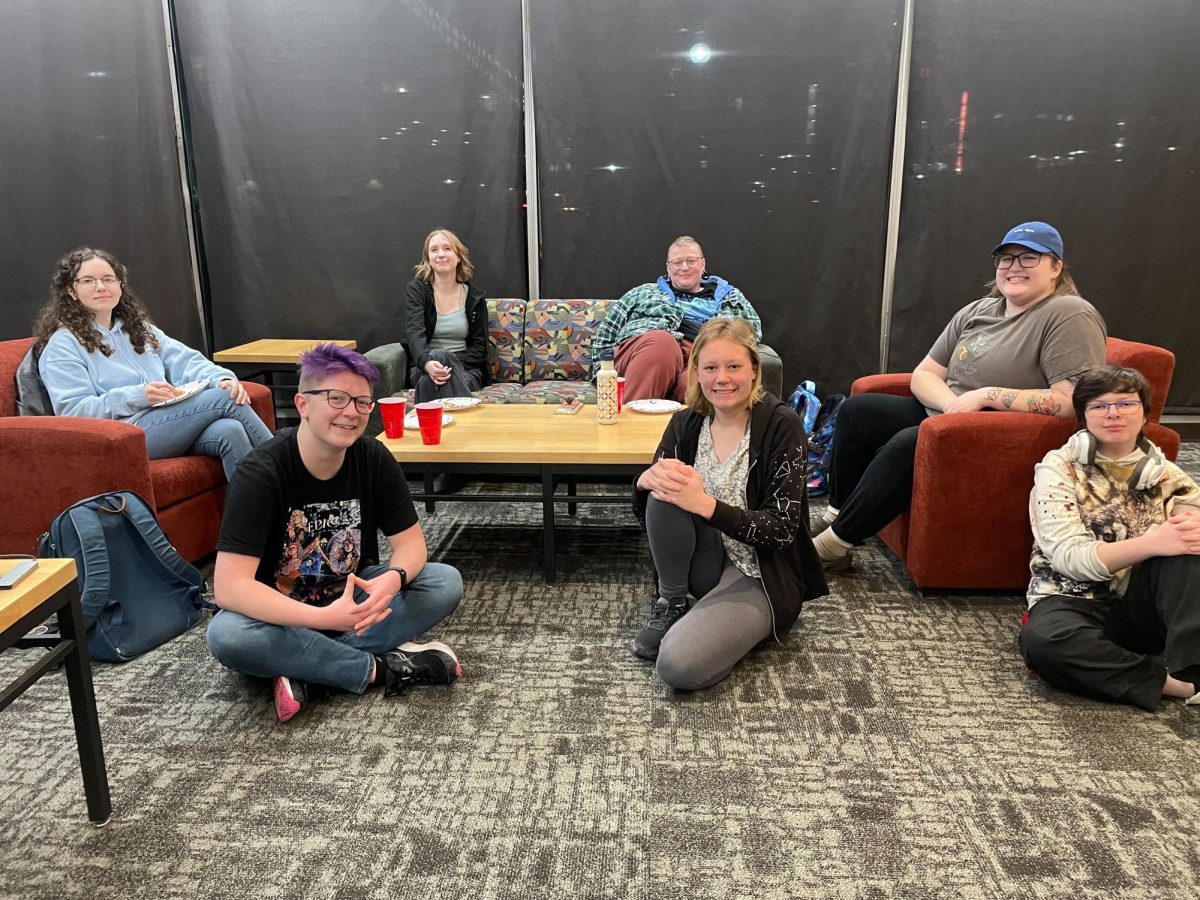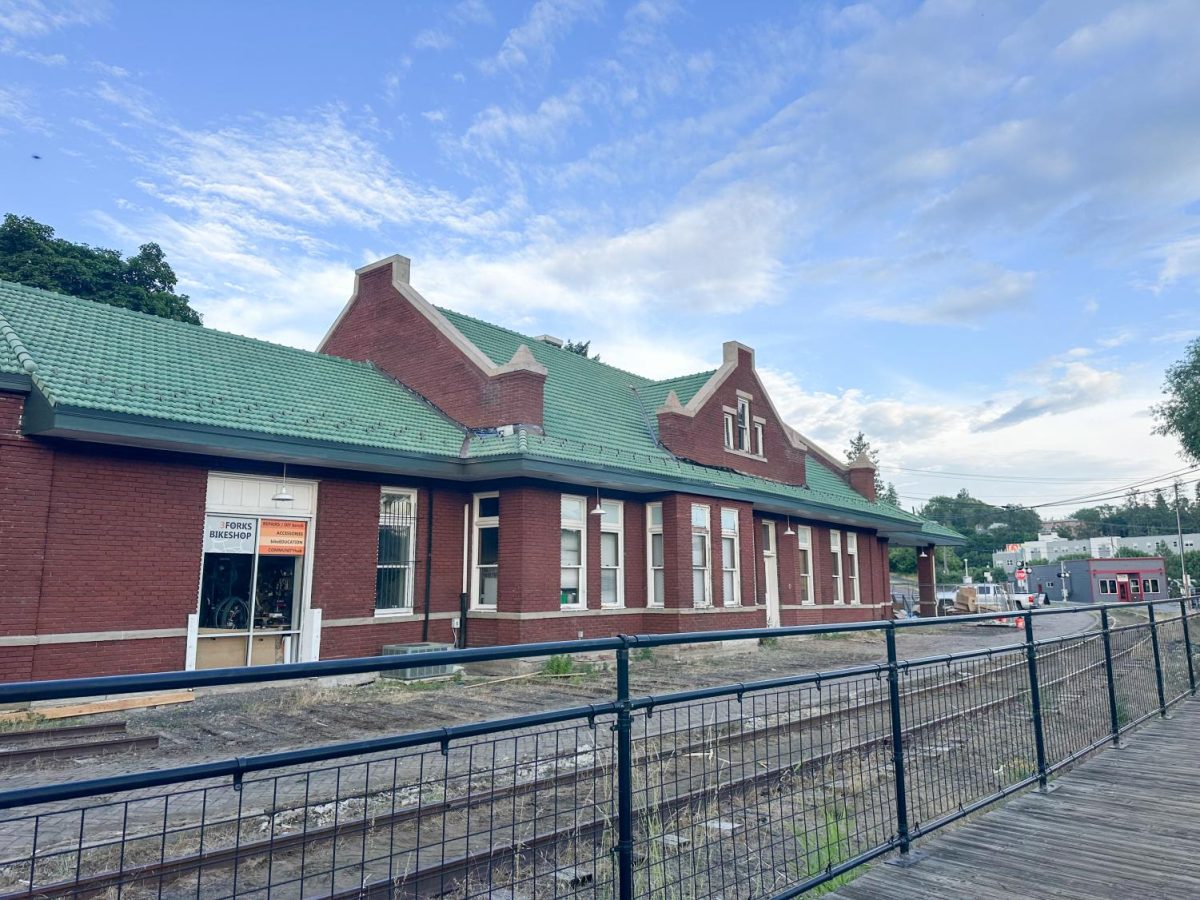Subversive art: artistic expression that challenges or undermines established norms, beliefs, ideologies or power structures within society.
As part of its “Subversive Intent: Selections from the Collection” exhibition, the Jordan Schnitzer Museum of Art is displaying subversive artworks from its permanent collection through June 29, alongside the “Beyond Hope: Kienholz and the Inland Northwest” exhibition.
When JSMA began planning for “Beyond Hope,” Ryan Hardesty, executive director and exhibitions and collections curator, said he knew he wanted to create a JSMA collection-based counterpart.
JSMA chose subversive art to shed light on the diverse range of perspectives and approaches within the museum’s permanent collection, said Debby Stinson, marketing and PR manager.
“We aimed to choose pieces that exemplified different forms of subversion,” Stinson said.
These forms include subtle social critique, overt political commentary and unconventional artistic technique.
“Subversive Intent” explores a broader range of subversive artistic practices, including historical and contemporary works, while “Beyond Hope” focuses specifically on the Kienholzes’ unique approach to subversion, Stinson said.
“Both exhibitions share a common goal of challenging viewers’ perceptions and sparking meaningful dialogue about the role of art in society,” Stinson said.
The art in “Subversive Intent” is focused on satire and social commentary, and by no means is there a timeline of this genre, Hardesty said.
Visitors might find that artists like Francisco Goya shared similar concerns with someone like the great contemporary artist Leon Golub, calling attention to abuses of power as a detriment of communal well-being, Hardesty said.
Artists like Jenny Holzer and Roger Shimomura use their art as a tool for introspection, thus inviting viewers to question social beliefs and norms in unexpected ways, Stinson said.
Artist Honoré Daumier’s satirical lithographs and artist Adam Rolston’s sculptures blur the boundaries between art and everyday life, Stinson said.
“Our exhibition begins with early graphic masterworks by Hogarth, Goya and Daumier, but quickly jumps into modern and contemporary works, especially those created since the 1980s,” Hardesty said.
Hardesty said some of his favorites on display are the screen prints by artist Corita Kent.
Kent was a Roman Catholic sister whose social activism was frequently spotted at anti-war rallies and protests, Hardesty said. The church scrutinized Kent for this, which led to her renouncing her vows and leaving the religious order of the Immaculate Heart of Mary.
The museum cares for a significant collection of Kent’s prints, Hardesty said.
“I hope the visitors walk away from this exhibition with a better sense of the museum’s permanent collection,” Hardesty said. “But also, more importantly, with the knowledge that we all have the ability to channel our actions and voice towards positive change.”























